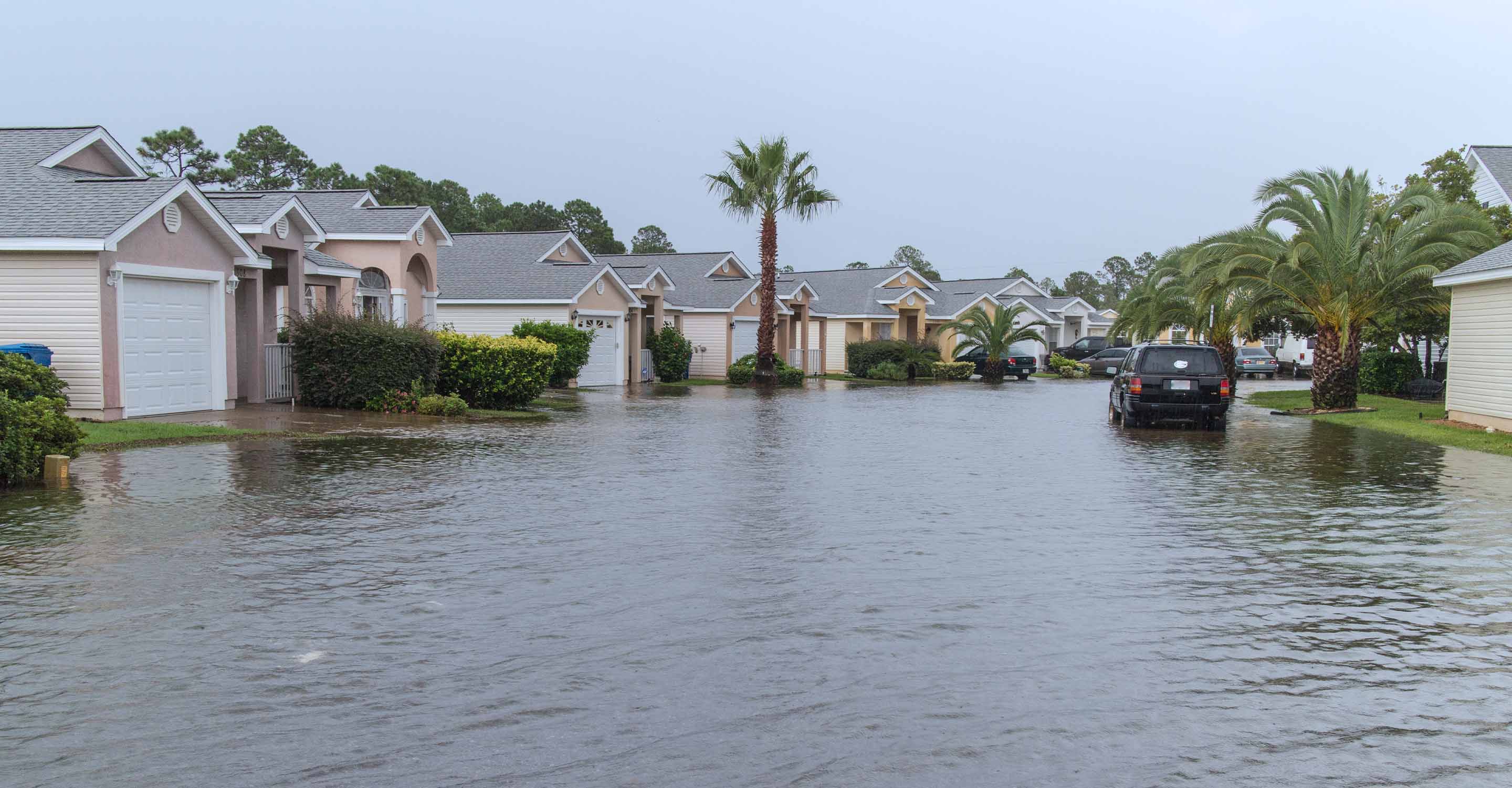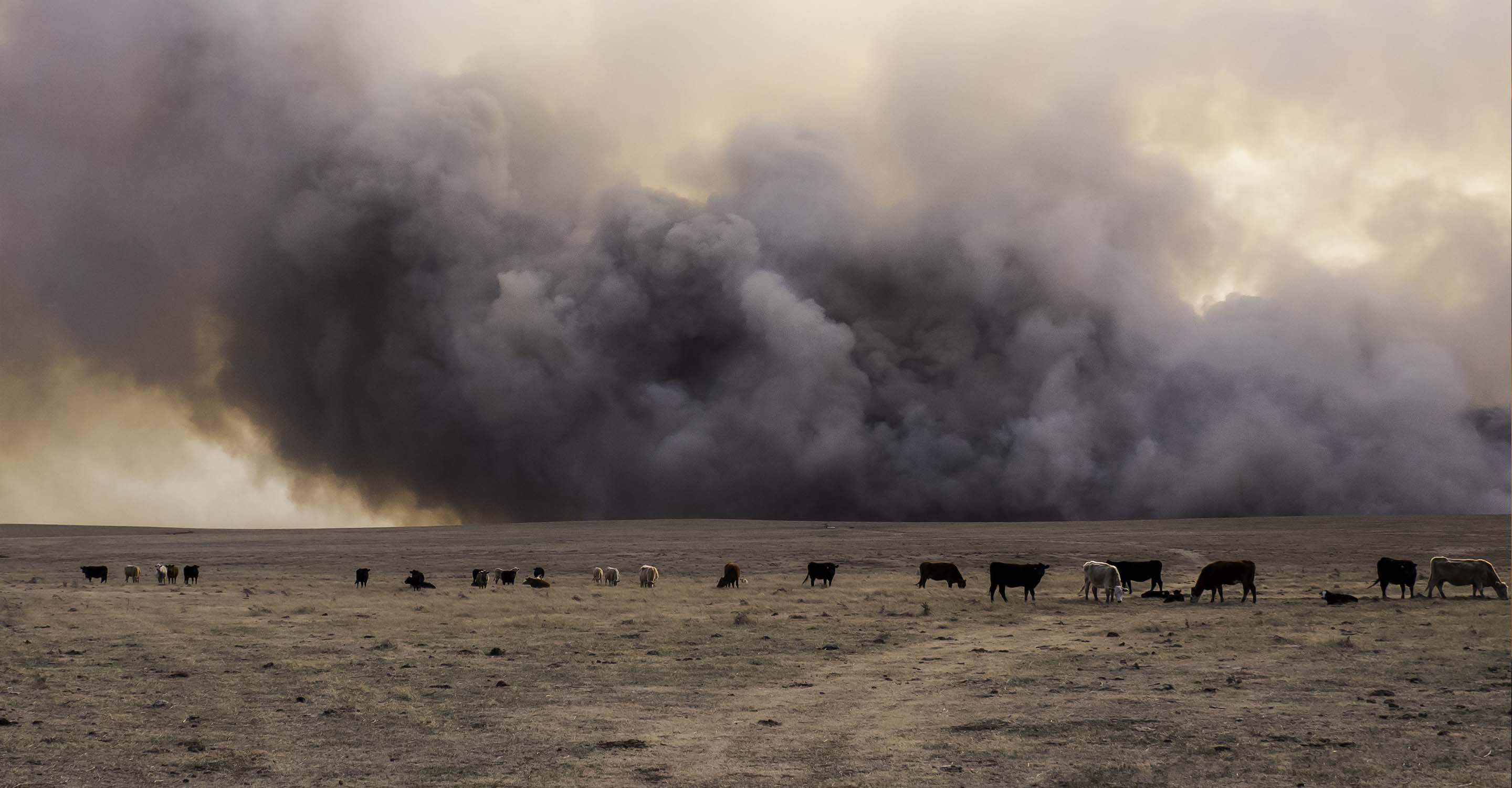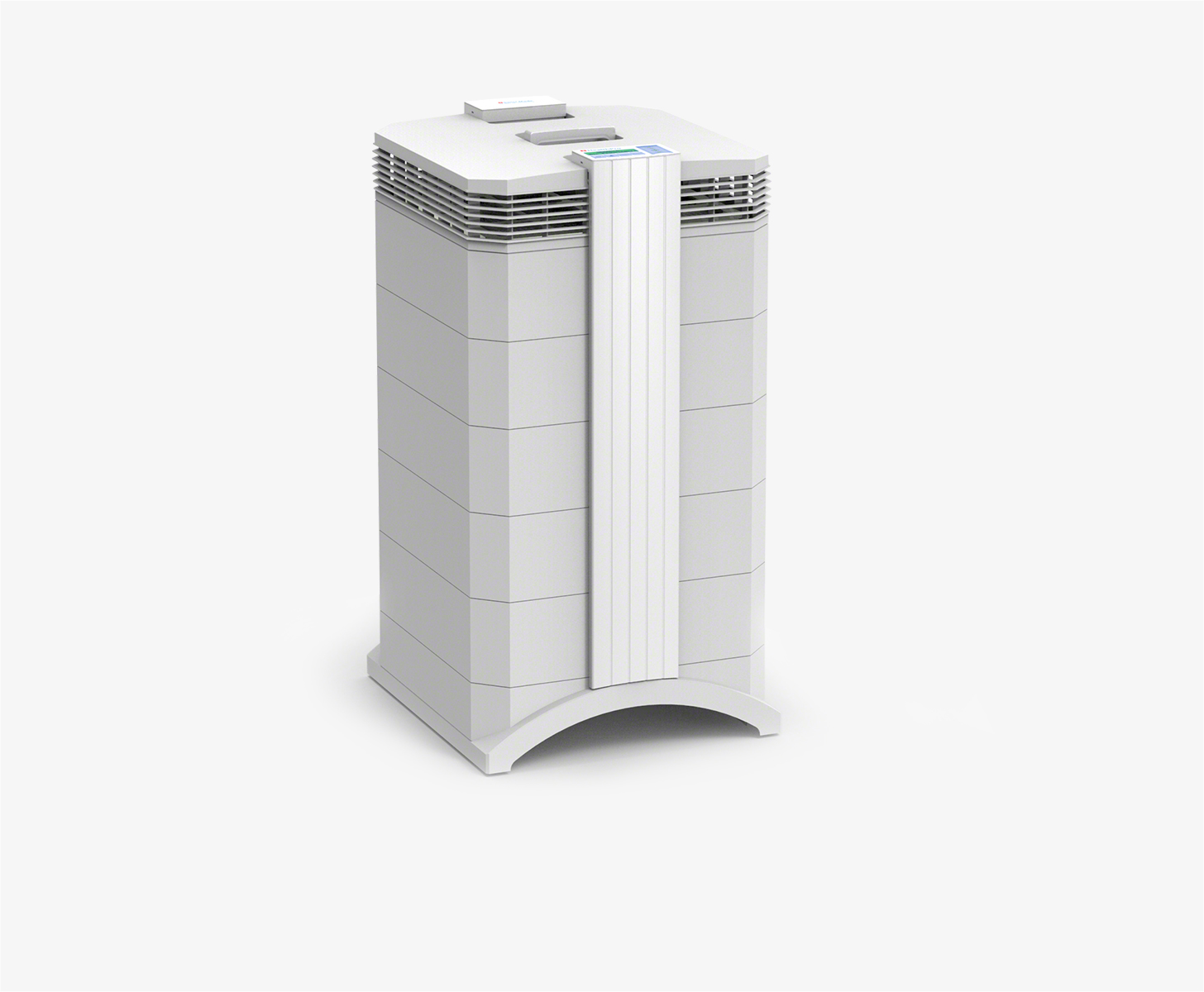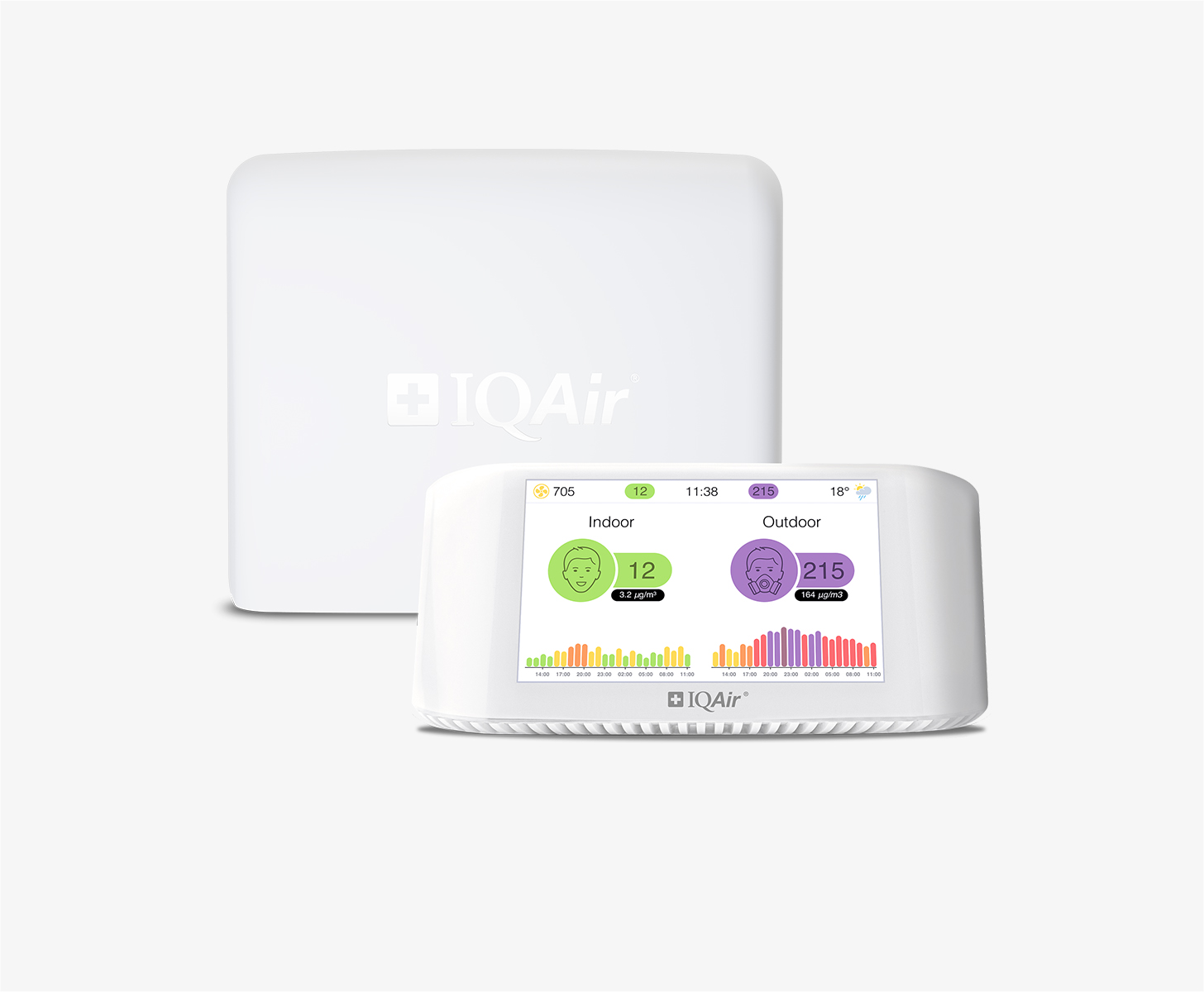Khorramabad air quality map
Live air pollution map of Khorramabad
13.8K people follow this city
Full screen
Contributors category
0
Government
0
Educational
0
Non-profit organization
0
Corporate
0
Individual
0
Anonymous
Station(s) operated by

*IQAir’s AQI data modeled using satellite data. Learn more
Health Recommendations
| Sensitive groups should reduce outdoor exercise | |
| Close your windows to avoid dirty outdoor air GET A MONITOR | |
| Sensitive groups should wear a mask outdoors GET A MASK | |
| Sensitive groups should run an air purifier GET AN AIR PURIFIER |
Khorramabad does not have air sensor data
Be the first to measure and contribute air quality data to your community.
Understand air pollution and protect yourself
Khorramabad MAP AIR QUALITY ANALYSIS AND STATISTICS
How much valuable information about air quality is there on the air pollution map for Khorramabad?
There is a lot of highly fascinating information about air quality on the air pollution map for Khorramabad. The air pollution map on the main city page acts as a link to a new set of pages filled with all the relevant information.
When the new set of pages first opens, the background colour of the map might appear overpowering because of its intense colour. This colour is a direct indication of the current state of the air. It is greenish/yellow now which shows the air quality is “Moderate”. The colours can range from pale green to dark purple and are used as standard across the entire IQAir website.
Sometimes there will be many coloured circles or discs scattered across the map which represent the sites of the ground-level air monitoring stations that provide the city with data about air quality. In the centre of each disc is a number which is the United States Air Quality Index reading or US AQI for short. It is calculated by measuring the levels of six of the most commonly found pollutants in the city air. These are usually both sizes of Particulate Matter (PM2.5 and PM10), ozone, nitrogen dioxide, sulphur dioxide and carbon monoxide. However, not all cities have such physical stations and rely on overhead satellite modelling for their air quality data. Khorramabad is such a city that has no stations but the end results are just the same.
Once the US AQI reading has been established it is used as a standard when comparing air quality in different areas across the globe. The whole system is endorsed by the World Health Organisation (WHO).
Looking back to the main city page, it can be seen in the coloured banner across the top of the page that the current air quality is classified as “Moderate” with a US AQI reading of 53. The asterisk to the right of this number shows it is calculated using data from satellites and not from physical stations. The yellow colouration of the banner also shows this level of pollution. The main pollutant was identified as being PM2.5 with a recorded level of 13.1 µg/m³ (microns per cubic metre). At this level, it is more than two and a half times higher than the suggested target figure of 5 µg/m³ as recommended by the WHO.
Are there more fascinating facts and figures about air quality on the air pollution map for Khorramabad?
There are a lot more very interesting facts and figures about air quality on the air pollution map for Khorramabad and it is easy to access by selecting the “full-screen” icon that can be found at the top right-hand side of the opening page which will re-open the page at maximum size. In this way, all information will be clearly seen.
On the left-hand side of the screen is a list of four options which can all be deactivated individually to see the effects they each have on the map.
The first option on the list would show the sites of the ground-level air monitoring stations but Khorramabad relies on overhead satellites for their requirements.
The next option shows the locations of any wildfires there are that happen to be burning out of control in the region. At the time of writing in early May 2023, there were no reports of any fires in the vicinity. If fires are detected, then option four needs to be considered because it shows the speed and direction of the prevailing winds and will, therefore, give a good indication of where the drifting smoke may go.
Option three can change the colour of the map to reflect the current state of the air. If the quality is poor, the map may appear quite dark and possibly distracting. If the colour is too dark, the option can be disabled and the map will then revert to a more subdued palette.
There are more facts and figures on the right-hand side of the screen where a table will be found that lists the top seven most polluted cities in the world, according to their US AQI readings. The rest of the participating world cities can be seen by expanding the full-screen section which will open a new set of pages which lists these cities in descending order.
Is the source of the polluted air shown on the air quality map for Khorramabad?
Whilst the direct source of the polluted air is not directly shown on the air quality map for Khorramabad, it is well-known that transportation such as cars and planes use fossil fuels to obtain the energy needed to move them, and this fuel combustion process releases many pollutants into the air; particulate matter, carbon monoxide, nitrogen oxides, ozone and others. Fossil fuel sources are required to keep homes warm; such as oil, coal, and gas, which release many pollutants into the air when burned; such as sulphur dioxide gas, and some homes use electricity to heat homes, which may be a result of burning fossil fuels in power plants.
PM2.5 and PM10 are often quoted on the air pollution map for Khorramabad, but what are they?
Particles are identified by their diameter for the purposes of air quality regulation. Those with a diameter of 10 microns or less (PM10) can be inhaled into the lungs and can cause adverse health effects. Particulate matter is defined as particles 2.5 microns or less in diameter (PM2.5). Particles in the PM2.5 size range can travel deeply into the respiratory tract, reaching the lungs and can transfer into the bloodstream through the alveoli. Particulate matter (particles less than 2.5 µm or 2.5 µm in diameter) can increase the risk of cardiovascular disease. Research by the EPA and others has found that exposure to increased concentrations of PM2.5 over a period of a few hours to weeks can lead to heart attacks and cardiovascular-related death.
Exposure to fine particles can cause short-term health effects such as eye, nose, throat, and lung irritation, coughing, sneezing, runny nose, and shortness of breath. Coarse particulate matter (PM10 - PM2.5) is less of a concern, although it can irritate a person's eyes.











